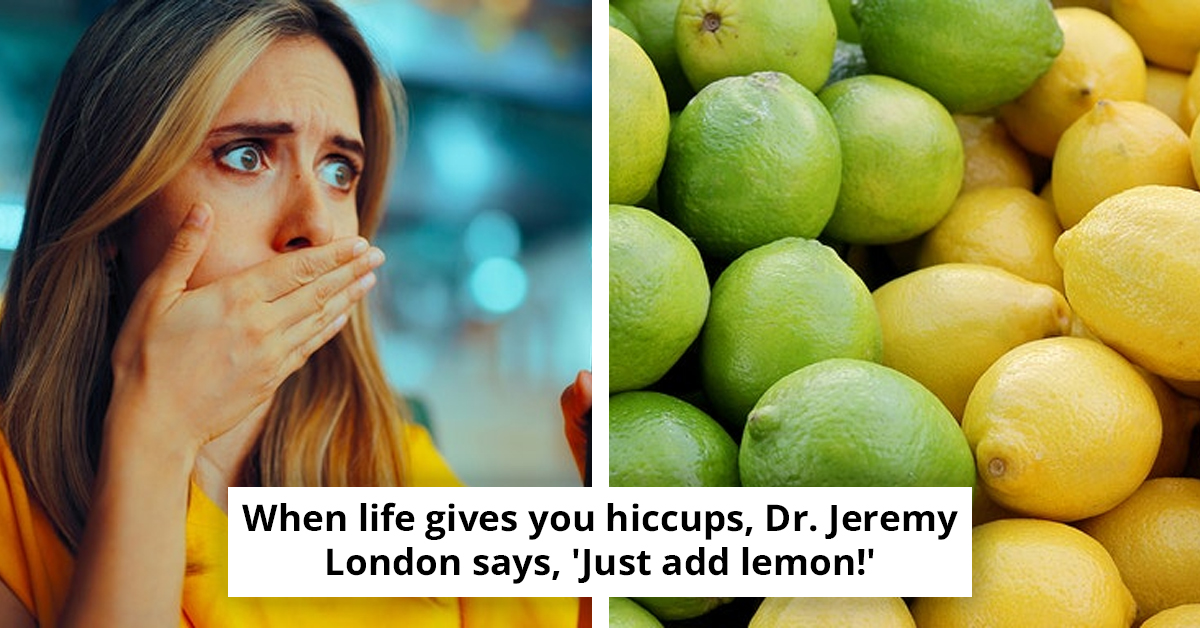
Identical Twins Show Dramatic Aging Differences - Decades Of Botox vs. Aging Naturally
Two sisters, two paths—and the results have everyone talking.

Aging is inevitable, or so they say—unless you’re one of the lucky few with access to Botox and a willing dermatologist. But what happens when two identical twins take radically different approaches to aging?
One embraces nature's course, while the other fights wrinkles with a syringe for 13 years. The result? A study sparking heated debates, viral photos, and a flood of opinions on beauty, science, and societal standards.
The research, conducted by Dr. William J. Binder and published in the Archives of Facial Plastic Surgery, might look like a simple "before and after" comparison, but it’s much deeper. One twin received Botox injections two to three times annually for over a decade, while the other got only two doses in 13 years.
Predictably, the Botox-treated twin showed significantly fewer wrinkles on her forehead and around her eyes. For Dr. Binder, this was proof of Botox’s anti-aging prowess. But netizens? Not everyone’s buying it.
Online critics have questioned the study’s impartiality, especially considering Dr. Binder’s ties to Allergan, the company behind Botox. Others slammed the beauty industry’s relentless push for wrinkle-free perfection. "We don’t all care about looking like porcelain dolls," one commenter said.
So, what’s the real takeaway? Let’s dive in.
The Wrinkle Debate: Botox vs natural aging—who wore it better?
 Mary Ann Liebert, Inc.
Mary Ann Liebert, Inc.Dr. Binder, known for pioneering Botox as a migraine treatment, stumbled upon its cosmetic benefits in the early '90s. Fascinated, he launched this study with identical twins to showcase Botox’s effects on aging.
Dr. William targeted specific areas like the forehead and crow’s feet to help the treated twin maintain a youthful appearance
 Mary Ann Liebert, Inc.
Mary Ann Liebert, Inc.Spot the contrasts,is Botox really the ultimate wrinkle warrior?
 Mary Ann Liebert, Inc.
Mary Ann Liebert, Inc.
The results are striking—one twin’s forehead looks smooth, while her sister’s natural lines are more prominent. Yet skeptics highlight factors like lighting and lifestyle differences that could skew the comparison.
Treated vs. natural—how thirteen years can shape your face and the conversation on beauty standards.
 Mary Ann Liebert, Inc.
Mary Ann Liebert, Inc.
These side-by-side shots prove that Botox definitely smooths out the wrinkles. But can it outshine authenticity?
 Mary Ann Liebert, Inc.
Mary Ann Liebert, Inc.Even the scientific community has raised eyebrows. Cosmetic surgeon Camila Atal emphasized Botox’s potential risks, such as eyelid drooping or even difficulty speaking or swallowing if improperly administered.
The marked differences between treated and untreated areas reveal the magic (and questions) surrounding Botox.
 Mary Ann Liebert, Inc.
Mary Ann Liebert, Inc.Spot the twin who let time do its thing! Evidence of a life well lived, some might say
 Mary Ann Liebert, Inc.
Mary Ann Liebert, Inc.
Counterfeit Botox’s growing popularity further complicates matters, with the FDA issuing warnings about severe side effects from knockoff versions. Despite these concerns, Botox continues to dominate.
Spoiler alert: it’s not all glowy skin and flawless selfies; the FDA warns that counterfeit Botox poses a serious threat to beauty seekers
 Anna Shvets/Pexels (Not the actual photo)
Anna Shvets/Pexels (Not the actual photo)
Usage shot up 459% from 2000 to 2020, fueled partly by trends like rapid weight loss, which alters skin elasticity. Yet the debate persists: Is it worth it?
Netizens are divided on whether Botox’s youthful results outweigh the natural beauty of wrinkles
 American Society for Dermatologic Surgery
American Society for Dermatologic Surgery
This close-up comparison fuels the debate over whether succumbing to cosmetic beauty trends truly beats natural aging
 American Society for Dermatologic Surgery
American Society for Dermatologic SurgeryOnline discussions reveal polarized opinions. Some admire Botox’s ability to "freeze time," while others champion the natural beauty of aging gracefully.
One skeptic said, "You might look smoother, but at what cost? Aging isn’t a flaw; it’s life." Another chimed in, “Why do we need these unrealistic standards for aging? Let wrinkles be wrinkles!”
The study sparked heated discussions about standards, authenticity, and self-acceptance.
 American Society for Dermatologic Surgery
American Society for Dermatologic SurgeryWrinkles or not, beauty standards will always spark a war of opinions.
 American Society for Dermatologic Surgery
American Society for Dermatologic Surgery
And then there’s the safety debate. Experts warn of risks like eyelid drooping and even more severe side effects when Botox is misused. With counterfeit products flooding the market, the demand for cheaper, riskier options is on the rise.
A popular sentiment was that the differences were practically invisible—and not worth the money and risk

“Honestly I cannot tell that much of a difference.”

Do you agree?

According to this commenter, young people have no need for botox

Apparently, botox is meant to slow the aging process rather than change the look of your face

So, what’s the verdict? While the study provides food for thought—and a viral internet spectacle—it also highlights society’s complicated relationship with aging.
Whether you embrace the wrinkles or chase the smooth, the choice is yours. Beauty remains deeply personal—and just a little bit controversial.
Jesse







